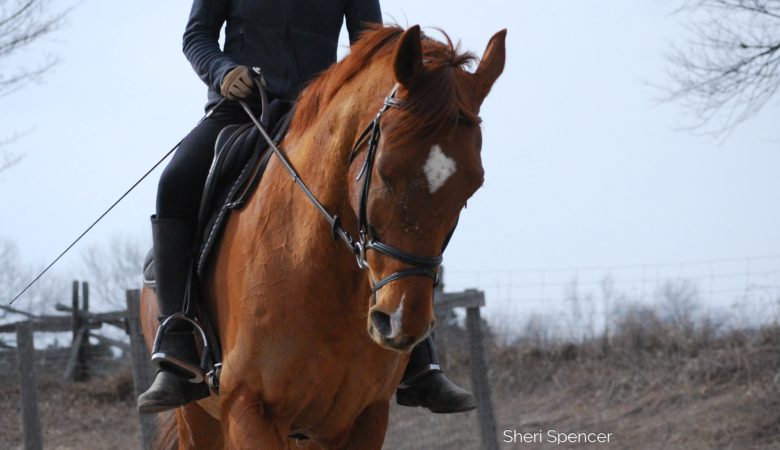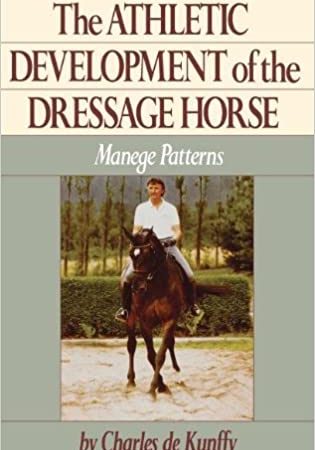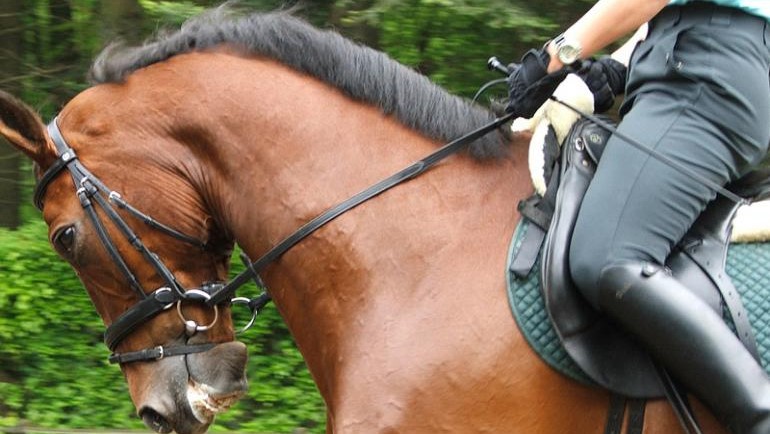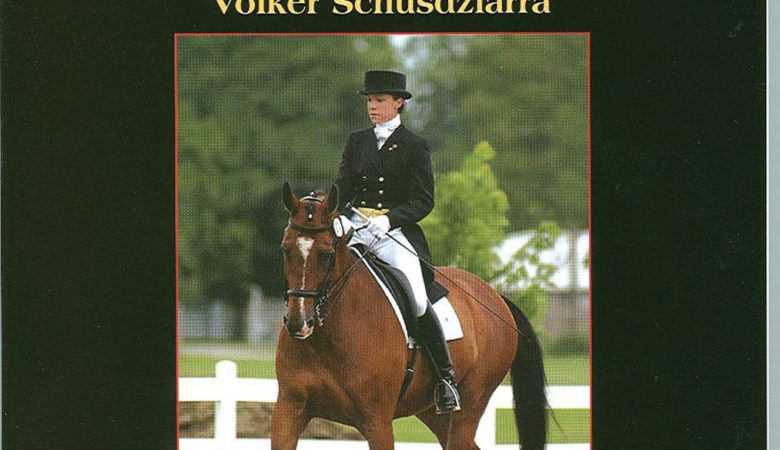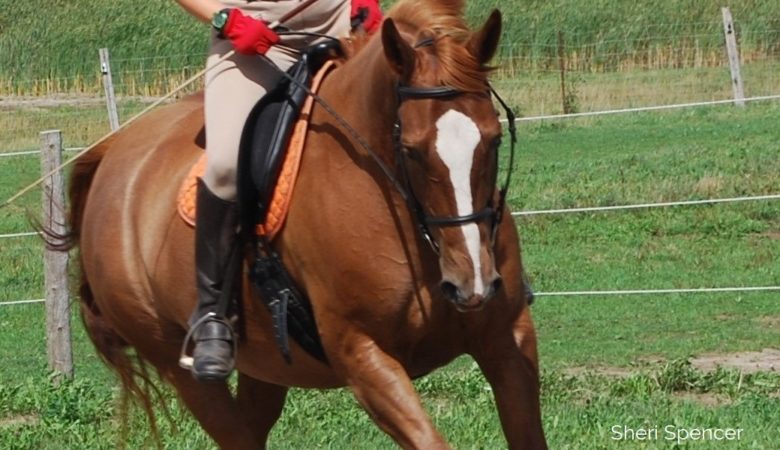“If your arms are tired, you’re riding wrong.” Saying or hearing that phrase can be how you make enemies at the barn, but there are better ways of controlling speed than by pulling. It may seem like the only solution at the time, but whether your horse is constantly pulling against you to drag his nose in the dirt, or you are pulling on them to slow them down, once you fall into the trap of tugging, it can be a difficult habit to break – for us. For a horse? They tend to


